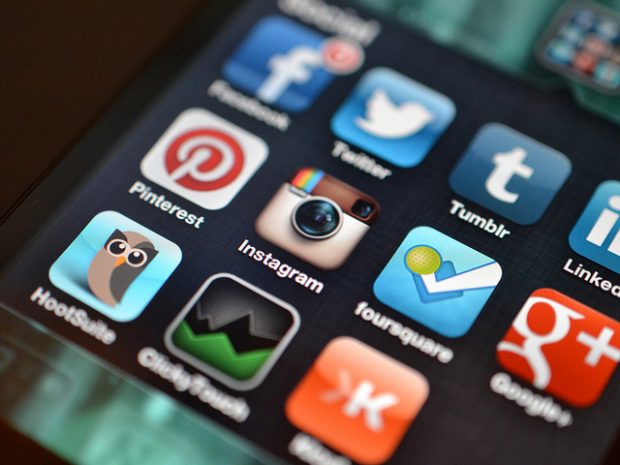
For many creatives, social media is viewed as a necessary evil — with emphasis on “evil.” It’s a marketing necessity, but it’s tiresome. It’s cumbersome. It’s daunting.
But it really, really shouldn’t be.
The truth about social media is that it can actually be an enjoyable, functional way not only to market your personal brand or business, but also a salient, meaningful way to engage with clients, make connections, and even — gasp — friends. The key, though, is making it fit into your workflow, and keeping healthy boundaries between your social media time and your actual life.
First, you have to figure out what works for you. Emails in the morning, social media in the middle of the day? Check Twitter while you’re on the bus during your commute, post to LinkedIn when you’re finished with your afternoon work?
“I recommend you pick out what that schedule is, you integrate it into your workflow, and you stick with it,” says photographer Lindsay Adler, who admits that social media has the ability to possibly cannibalize most of her time. However, she found a way to incorporate some of her social media tasks into the work she’s already doing.
“When I do portrait sessions, when I’m all done retouching the pictures, I export them to be Facebook size, as well. So later on, I don’t have to go find them, resize them, put my watermark on them…it’s done.”
Reducing the number of steps it takes to get everything done — whether it be immediately sending photos you take to your Dropbox for later Instagram use, or taking notes and writing down potential blog posts when you’re struck with inspiration so you don’t have to spend a lot of time coming up with ideas later — can dramatically reduce the exhaustion that can come with social media. It also helps the work keep from piling up.
This is why a third-party social media manager, like TweetDeck or HootSuite, can also be hugely beneficial. With these apps, you can schedule out social posts, keep an eye on engagement, and get an idea of what’s working, without sinking in a ton of time to check all of the various profiles you may have. Remember: The goal is to work smarter, not harder.
Social media can also feel really overwhelming when it starts to creep in to your everyday life, which is why it’s a good idea to make sure that you’ve got firm boundaries.
“The separation is to try to keep your work stuff to a separate space in the home; it’s really easy for it to creep into the rest of the home, says lawyer, an author, and a photographer, Rachel Brenke: “I also really try to instigate that when I turn off the computer, that’s it. Put it all away.”
Resist the urge to surf Twitter during your downtime. Not only will that make it feel more manageable, it’ll also help you fight the burnout that can come from spending too much time online.
Social media can be a time-vacuum, but if you’re feeling completely defeated by it (or exhausted just at the prospect of spending some time with it), you’re putting in too much labor for what is likely not enough return on investment. Examine your workflow, find systems that can cut repetitive steps — and when it doubt, just step away and go outside. Twitter will still be there when you get back.


